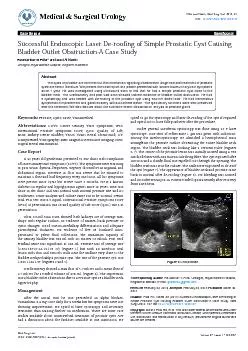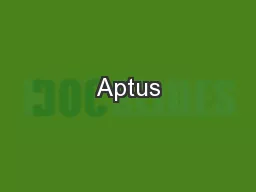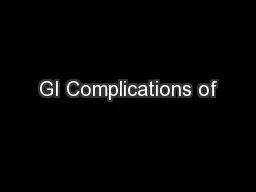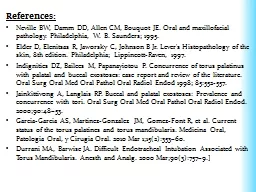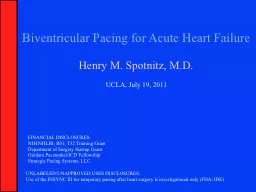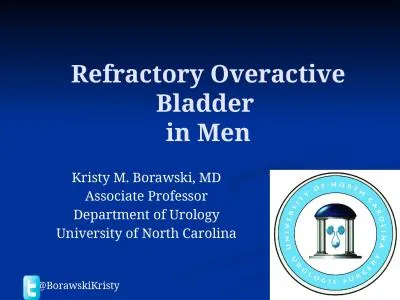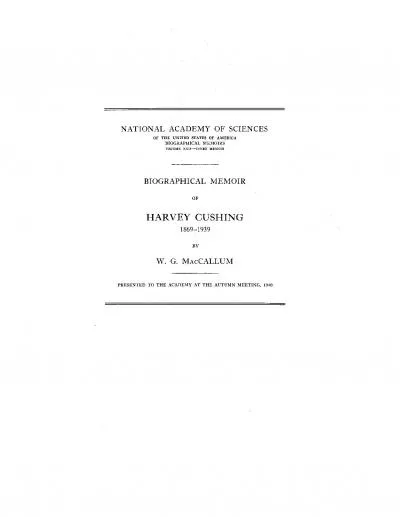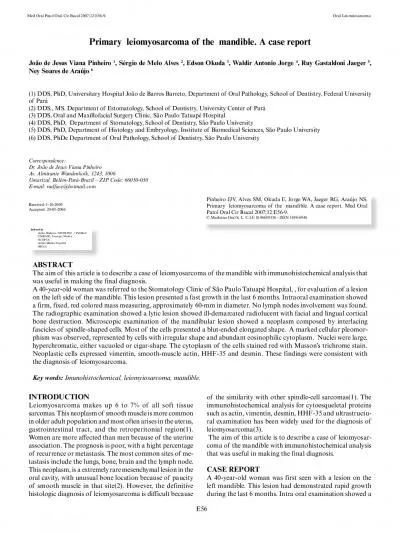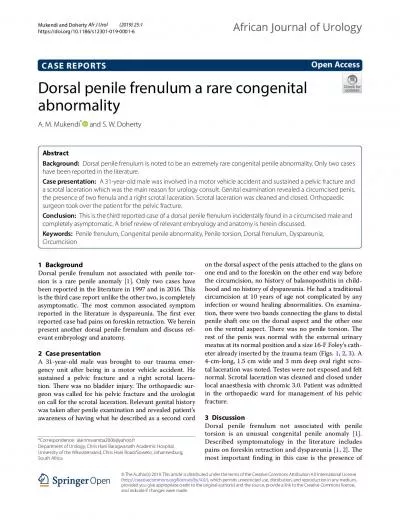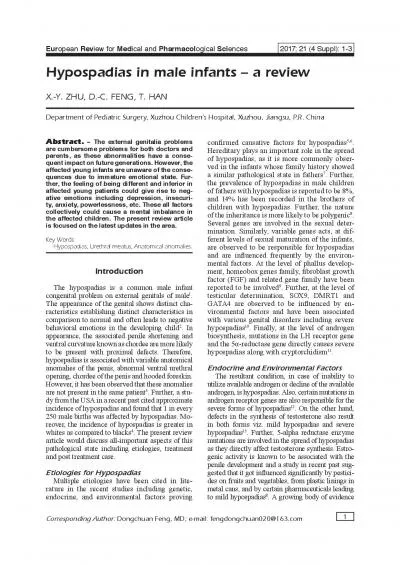PDF-Med Surg Urol
Author : test | Published Date : 2017-11-21
Medical Surgical Urology Open AccessPillai and Naieb Med Surg Urol 2013 21httpdxdoiorg104172216898571000 Case ReportRavisankar G Pillai and Ziad Al Naieb The cysts
Presentation Embed Code
Download Presentation
Download Presentation The PPT/PDF document "Med Surg Urol" is the property of its rightful owner. Permission is granted to download and print the materials on this website for personal, non-commercial use only, and to display it on your personal computer provided you do not modify the materials and that you retain all copyright notices contained in the materials. By downloading content from our website, you accept the terms of this agreement.
Med Surg Urol: Transcript
Download Rules Of Document
"Med Surg Urol"The content belongs to its owner. You may download and print it for personal use, without modification, and keep all copyright notices. By downloading, you agree to these terms.
Related Documents

